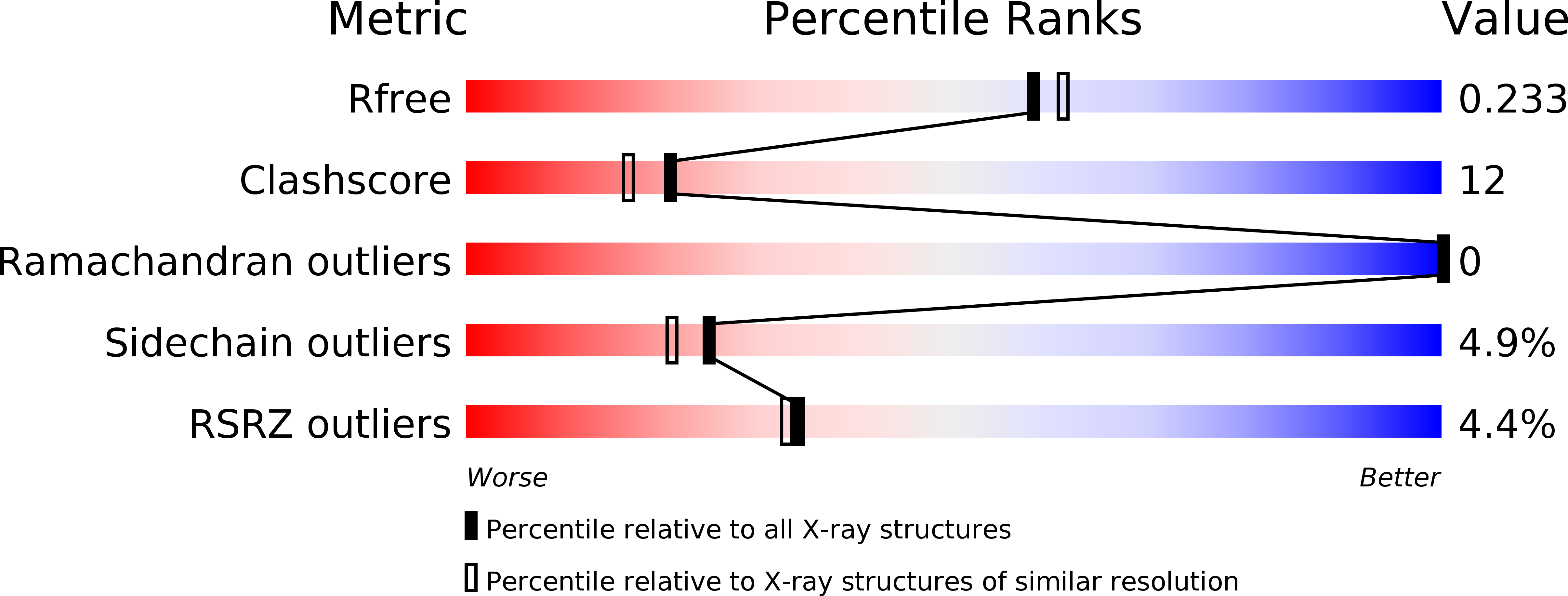
Deposition Date
2014-01-17
Release Date
2014-09-10
Last Version Date
2024-03-20
Entry Detail
PDB ID:
3WPW
Keywords:
Title:
Structure of PomBc5, a periplasmic fragment of PomB from Vibrio
Biological Source:
Source Organism:
Vibrio alginolyticus (Taxon ID: 663)
Host Organism:
Method Details:
Experimental Method:
Resolution:
2.00 Å
R-Value Free:
0.23
R-Value Work:
0.18
R-Value Observed:
0.19
Space Group:
P 21 21 21


